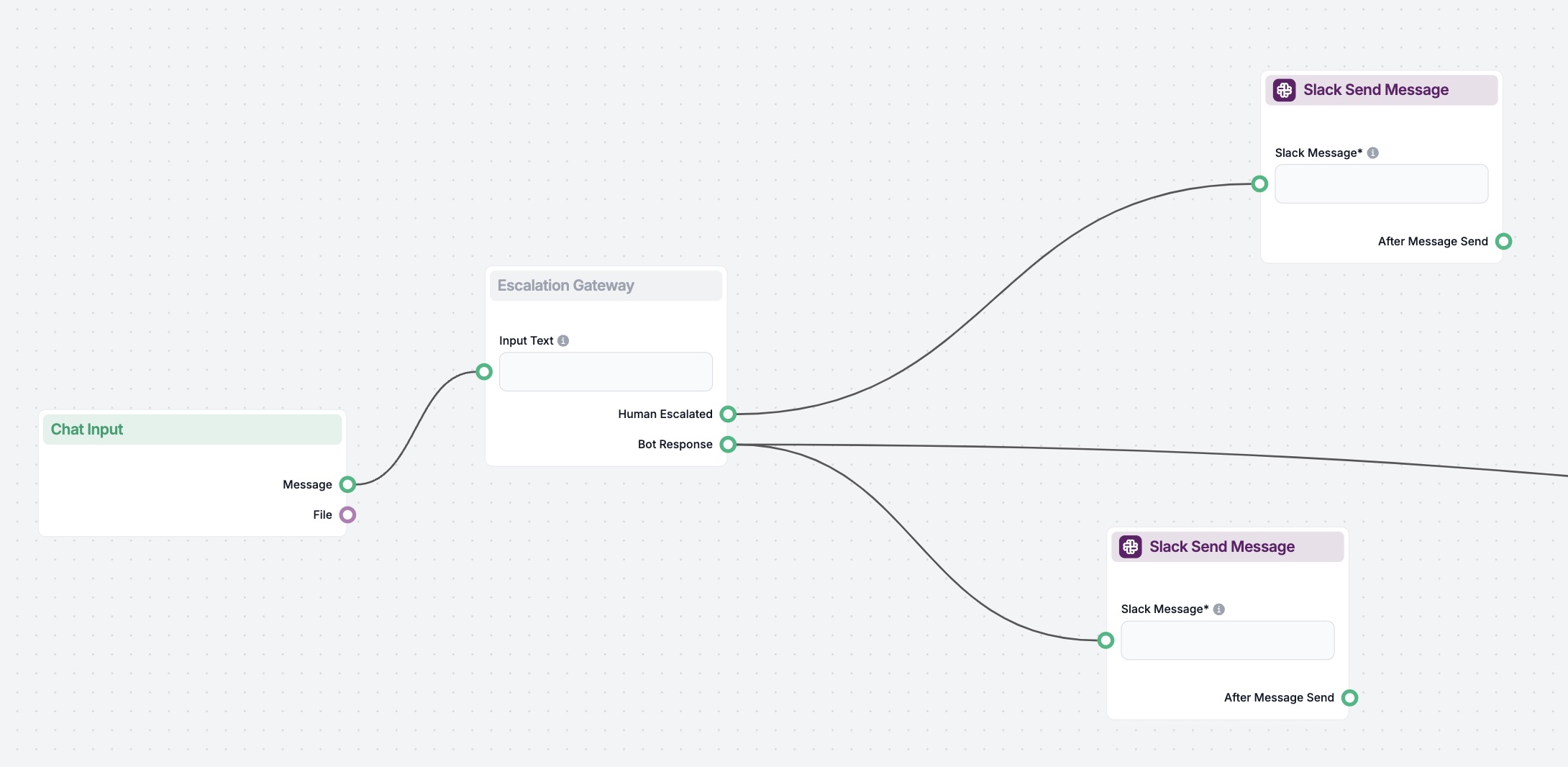
Understanding Human in the Loop for Chatbots: Enhancing AI with Human Expertise
Discover the importance and applications of Human in the Loop (HITL) in AI chatbots, where human expertise enhances AI systems for improved accuracy, ethical st...

Human-in-the-Loop (HITL) is an AI and machine learning approach that integrates human expertise into the training, tuning, and application of AI systems, enhancing accuracy, reducing errors, and ensuring ethical compliance.
Human-in-the-Loop (HITL) refers to a method in artificial intelligence (AI) and machine learning (ML) where human intervention is incorporated into the training, tuning, and application processes of AI systems. This hybrid approach leverages the strengths of both human expertise and machine efficiency to improve the overall performance and reliability of AI models.
Human-in-the-Loop is used in various stages of AI development and deployment:
HITL is a method in AI and machine learning where human intervention is incorporated into the training, tuning, and application of AI systems to improve accuracy, reduce errors, and ensure ethical compliance.
Humans are involved in data labeling, model training, real-time decision making, and continuous model improvement, ensuring models learn correctly and adapt to new data and scenarios.
Including humans in the loop increases accuracy, reduces errors, helps handle rare data, and ensures ethical considerations in AI applications.
HITL is used in sectors like healthcare, autonomous vehicles, customer service, and manufacturing, where human oversight is essential for quality, safety, and decision-making.
Start building your own AI solutions with integrated human expertise for accuracy and reliability.

Discover the importance and applications of Human in the Loop (HITL) in AI chatbots, where human expertise enhances AI systems for improved accuracy, ethical st...

Reinforcement Learning from Human Feedback (RLHF) is a machine learning technique that integrates human input to guide the training process of reinforcement lea...

The Human-In-the-Loop MCP Server for FlowHunt enables seamless integration of human judgment, approval, and input into AI workflows through real-time interactiv...
Cookie Consent
We use cookies to enhance your browsing experience and analyze our traffic. See our privacy policy.